Filter by

War Games: A History of War on Paper
The convergence of military strategy and mathematics in war games, from medieval to modern times.For centuries, both mathematical and military thinkers have used game-like scenarios to test their visions of mastering a complex world through symbolic operations. By the end of World War I, mathematical and military discourse in Germany simultaneously discovered the game as a productive concept. M…
- Edition
- -
- ISBN/ISSN
- 9780262301169
- Collation
- -
- Series Title
- -
- Call Number
- -
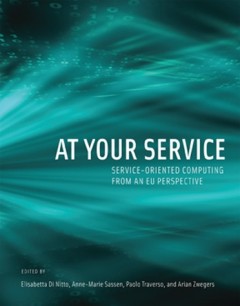
At Your Service: Service-Oriented Computing from an EU Perspective
Presents results of collaborative research projects of the European Community's Information Society Technologies Programme about service-oriented computing.Service-Oriented Applications and Architectures (SOAs) have captured the interest of industry as a way to support business-to-business interaction, and the SOA market grew by $4.9 billion in 2005. SOAs and in particular service-oriented comp…
- Edition
- -
- ISBN/ISSN
- 9780262255080
- Collation
- 1 online resource (xii, 564 pages) :illustrations.
- Series Title
- -
- Call Number
- -
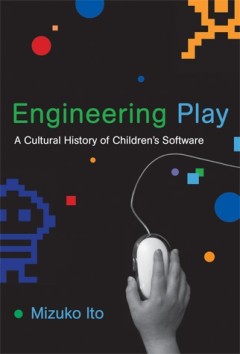
Engineering Play: A Cultural History of Children's Software
How the influential industry that produced such popular games as Oregon Trail and KidPix emerged from experimental efforts to use computers as tools in child-centered learning.OCLC-licensed vendor bibliographic record.
- Edition
- -
- ISBN/ISSN
- 9780262258913
- Collation
- 1 online resource (xii, 234 pages) :illustrations.
- Series Title
- -
- Call Number
- -
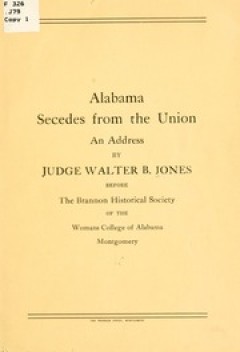
Alabama secedes from the Union; an address
- Edition
- -
- ISBN/ISSN
- -
- Collation
- 16 p. 23 cm
- Series Title
- -
- Call Number
- -
- Edition
- -
- ISBN/ISSN
- -
- Collation
- 16 p. 23 cm
- Series Title
- -
- Call Number
- -
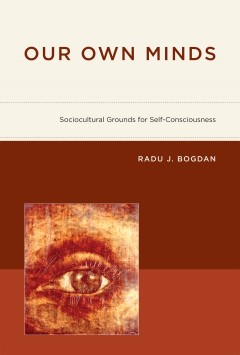
Our Own Minds: Sociocultural Grounds for Self-Consciousness
Here, Radu Bogdan takes a developmental perspective on consciousness and proposes that children's functional capacity for consciousness is assembled during development out of a variety of ontogenetic adaptations that respond mostly to sociocultural challenges specific to distinct stages of childhood.OCLC-licensed vendor bibliographic record.
- Edition
- -
- ISBN/ISSN
- 9780262289214
- Collation
- 1 online resource (xii, 210 pages).
- Series Title
- -
- Call Number
- -
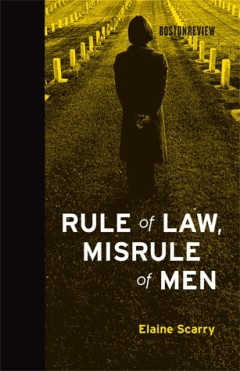
Rule of law, misrule of men
This book is a passionate call for citizen action to uphold the rule of law when government does not. Arguing that post-9/11 legislation and foreign policy severed the executive branch from the will of the people, Elaine Scarry in Rule of Law, Misrule of Men offers a fierce defense of the people's role as guarantor of our democracy. She begins with the groundswell of local resistance to the 200…
- Edition
- -
- ISBN/ISSN
- 9780262266116
- Collation
- 1 online resource (xxii, 191 pages).
- Series Title
- -
- Call Number
- -

Rethinking violence: States and non-state actors in conflict
"Foreword by Stathis N. Kalyvas."--Cover.Although major wars between sovereign states have become rare contemporary world politics has been rife with internal conflict, ethnic cleansing, and violence against civilians. This book asks how, why, and when states and non-state actors use violence against one another."States, nationalist movements, and ethnic groups in conflict with one another ofte…
- Edition
- -
- ISBN/ISSN
- 9780262266086
- Collation
- 1 online resource (xiii, 285 pages) :illustrations, maps.
- Series Title
- -
- Call Number
- -

Leaves in the wind
- Edition
- -
- ISBN/ISSN
- -
- Collation
- 251 p. : 20 cm
- Series Title
- -
- Call Number
- -
- Edition
- -
- ISBN/ISSN
- -
- Collation
- 251 p. : 20 cm
- Series Title
- -
- Call Number
- -
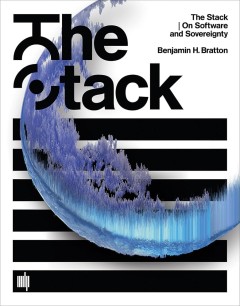
The stack :on software and sovereignty
A comprehensive political and design theory of planetary-scale computation proposing that The Stack -- an accidental megastructure -- is both a technological apparatus and a model for a new geopolitical architecture.OCLC-licensed vendor bibliographic record.
- Edition
- -
- ISBN/ISSN
- 9780262330183
- Collation
- 1 online resource.
- Series Title
- -
- Call Number
- -
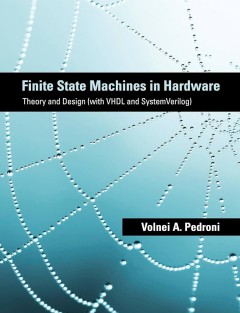
Finite State Machines in Hardware: Theory and Design (with VHDL and SystemVer…
Modern, complex digital systems invariably include hardware-implemented finite state machines. The correct design of such parts is crucial for attaining proper system performance. This book offers detailed, comprehensive coverage of the theory and design for any category of hardware-implemented finite state machines. It describes crucial design problems that lead to incorrect or far from optima…
- Edition
- -
- ISBN/ISSN
- 9780262319096
- Collation
- 1 online resource (x, 337 pages) :illustrations
- Series Title
- -
- Call Number
- -
 Computer Science, Information & General Works
Computer Science, Information & General Works  Philosophy & Psychology
Philosophy & Psychology  Religion
Religion  Social Sciences
Social Sciences  Language
Language  Pure Science
Pure Science  Applied Sciences
Applied Sciences  Art & Recreation
Art & Recreation  Literature
Literature  History & Geography
History & Geography